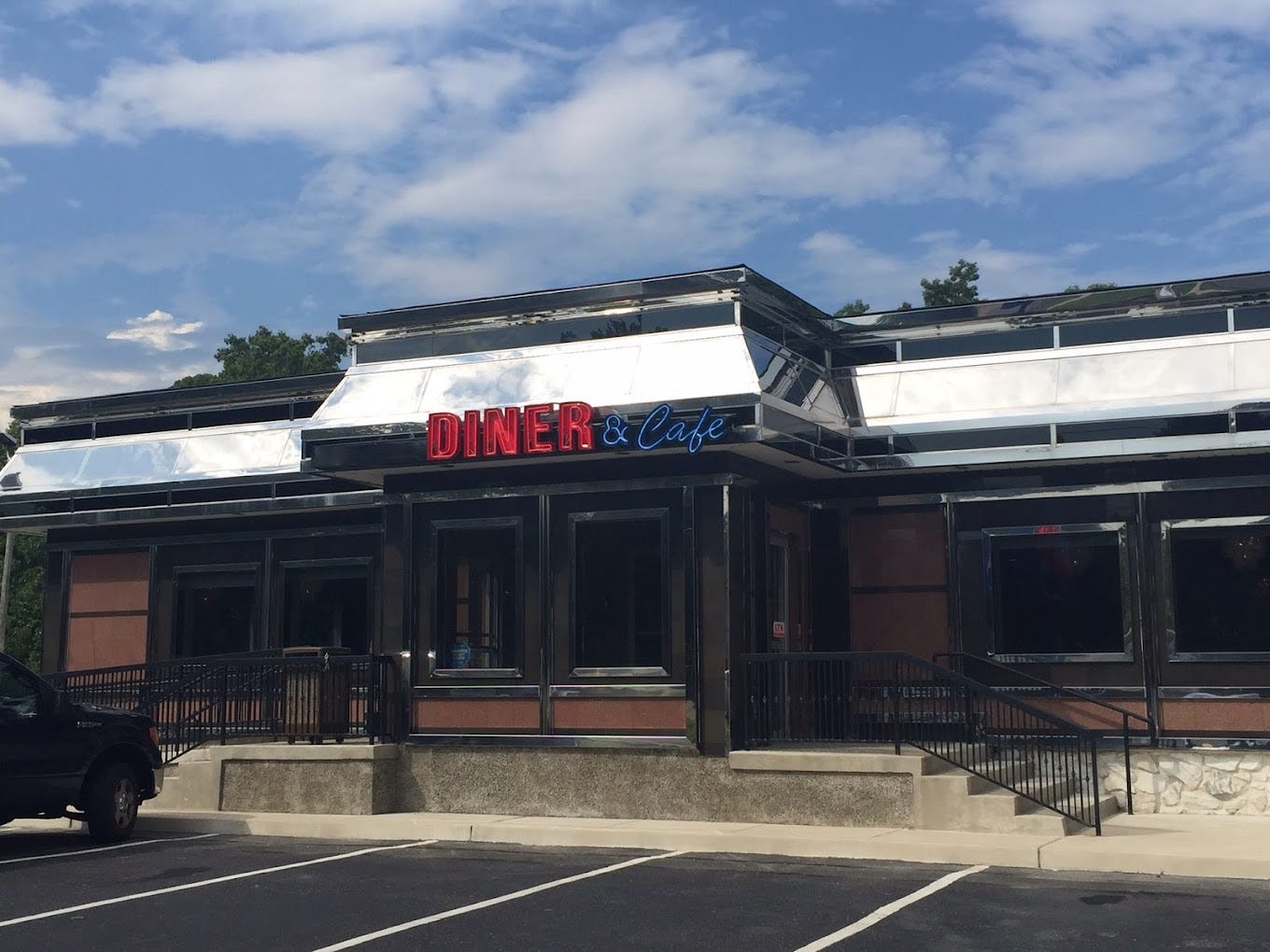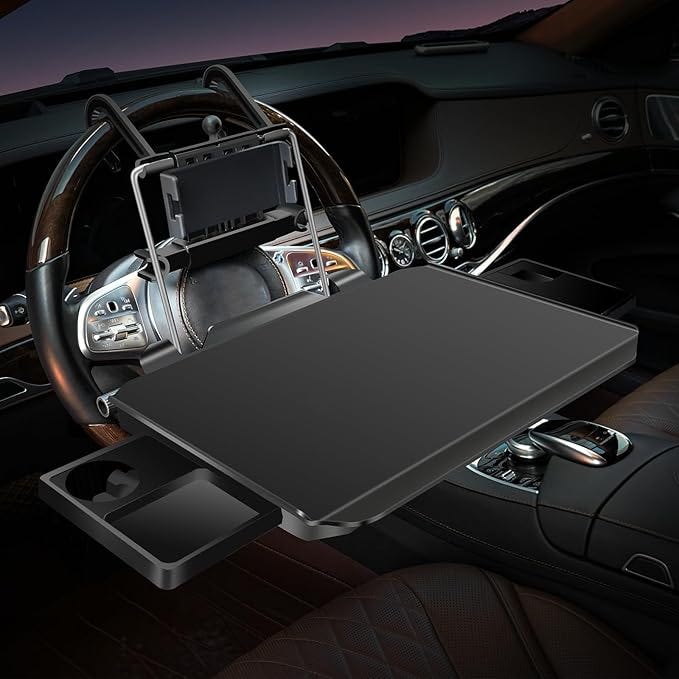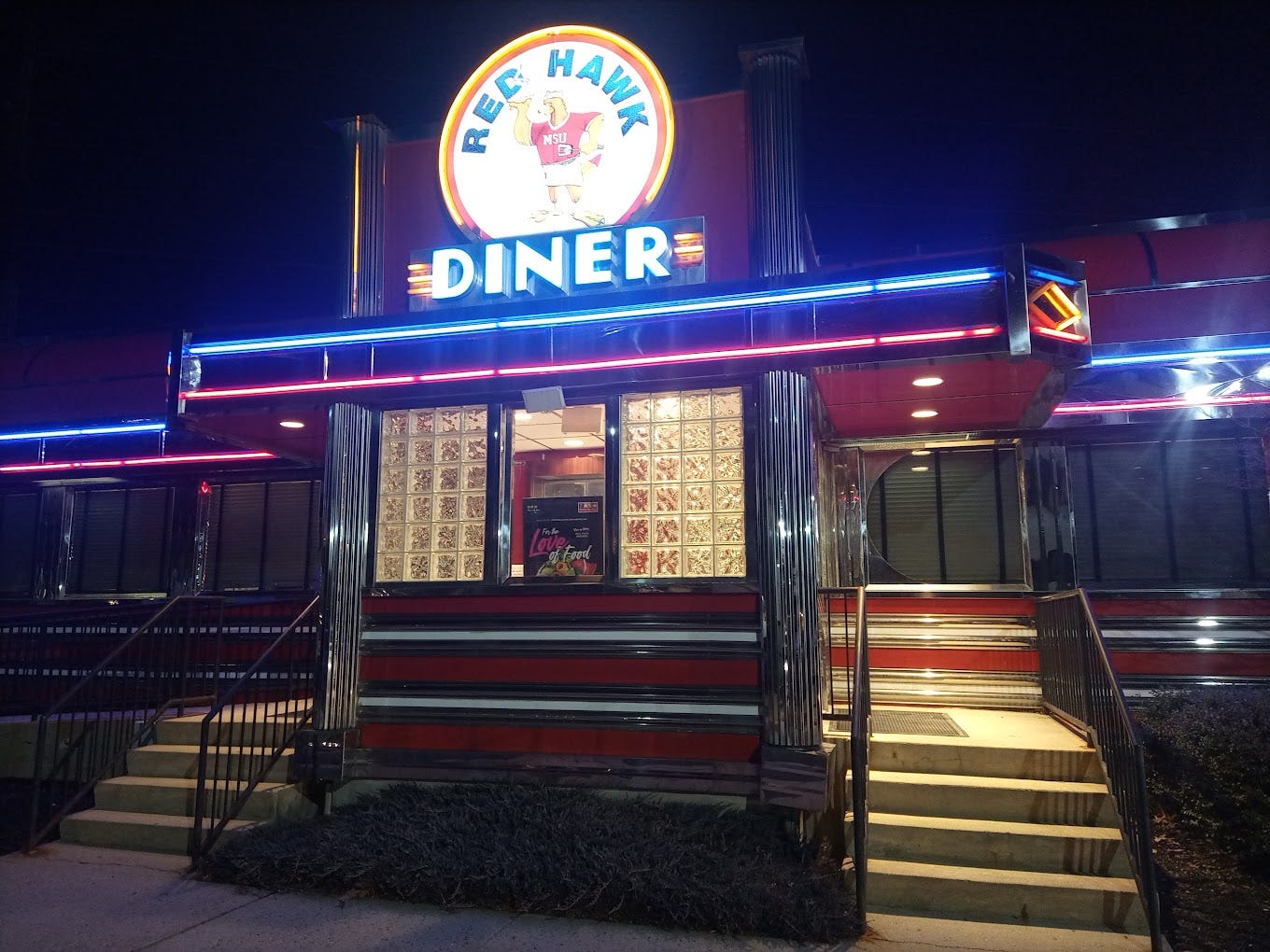There are some consistent dynamics of the universe: Batman & Robin, social media & teenage depression, and fast food & automobiles. Today I want to ramble on the third.
We have food court sized truck stops, we have diners, we have, for a lick of nostalgia, people coming to you on roller blades so you can eat in your car. Some food, like the ergonomically sandwich or pita wrap, are designed to be eaten on the go. We have cupholders for a reason. Mobile car trays are a well supplied industry. All this in service of eating food-on-the-go, which of course leads to a demand to be filled. Classic gastro-automotive economics.
The aforementioned diners and drive ins and zany wheeled waitstaff eventually ceded to food deserts and quick procurement of nourishment. There is the prevalence of industry titans such as McDonalds and Burger King, to the dare I say slightly upscaled Chipotle and Panera Bread. In media, we have the popular “Diners, Drive-ins and Dives” hosted by the Mayor of Flavor Town. There was a time when places like Starbucks and Dunkin Donuts didn’t have drive-throughs but now they do.

Let’s start from the beginning.
In the perfect storm of early 2010’s there was a deluge of content creators. Content could be anything and anyone. In the realm of videos relating to culinary arts, you have your professionals like Gordan Ramsay or Kenji Alt-Lopez, who tow the line between gourmands and Internet personalities. On a smaller scale, you have food reviewers like the the generationally misplaced but ever fascinating extra terrestrial The Report of the Week. Beyond that, you have home cooks who devote themselves to cooking and probably know a thing or two about good meals and also Stanly Tucci. And of course you have Tik Tok and Youtube , which has a fleet of culinary DIY content creators to show that YOU TOO CAN COOK WELL, like Ian Fujimoto (my personal favorite) and the slightly Lynchian You Suck at Cooking (got me through college), all with some videos lasting no more than 60 seconds. The algorithm was intended to promote, and award, high quality. Until now.
So when the algorithm promotes a grab bag of regular people eating regular food in their regular cars, it makes me wonder two things: one, am I boring? and two, why is this a thing?

Short attention spans combined with the plucky “can-do” attitude of the Internet content creation machine has degenerated food reviewing into an almost uncanny valley of culinary content. The setting: exclusively in the front seat of the creator’s vehicles. The food: meals that are easily attainable and literally DESIGNED to be enjoyable to the average palate. Let’s call them what they are: glorified muckbang videos.
These average joes and janes have no discernable ethos other than the raw number of their followers, but this itself is a feedback loop. I cannot stress this strange phenomena enough: there is an entire section of the Internet full of people eating Wing Stop or Panera bread in their front seat in some no-name parking lot in a state that might as well be a tile randomly pulled from a Scrabble bag. The gap between Gordan Ramsey reviewing food from his Porsche or whatever and the average, on-the go-consumer, is very wide. And the gap between fast food reviewers reviewing already established menu items in their car really makes me feel that I, too, could become Internet famous.
But maybe that’s it. Maybe that’s the motivation. Their drive to review already mass consumed food is driven by ad revenue and imaginary points, totally divorced from their subject material.
Then again, I could start a channel where I review the different kinds of Lays chips from my kitchen floor, camera panned just enough to show bare, crisscrossed legs. That’s easy viewing.





